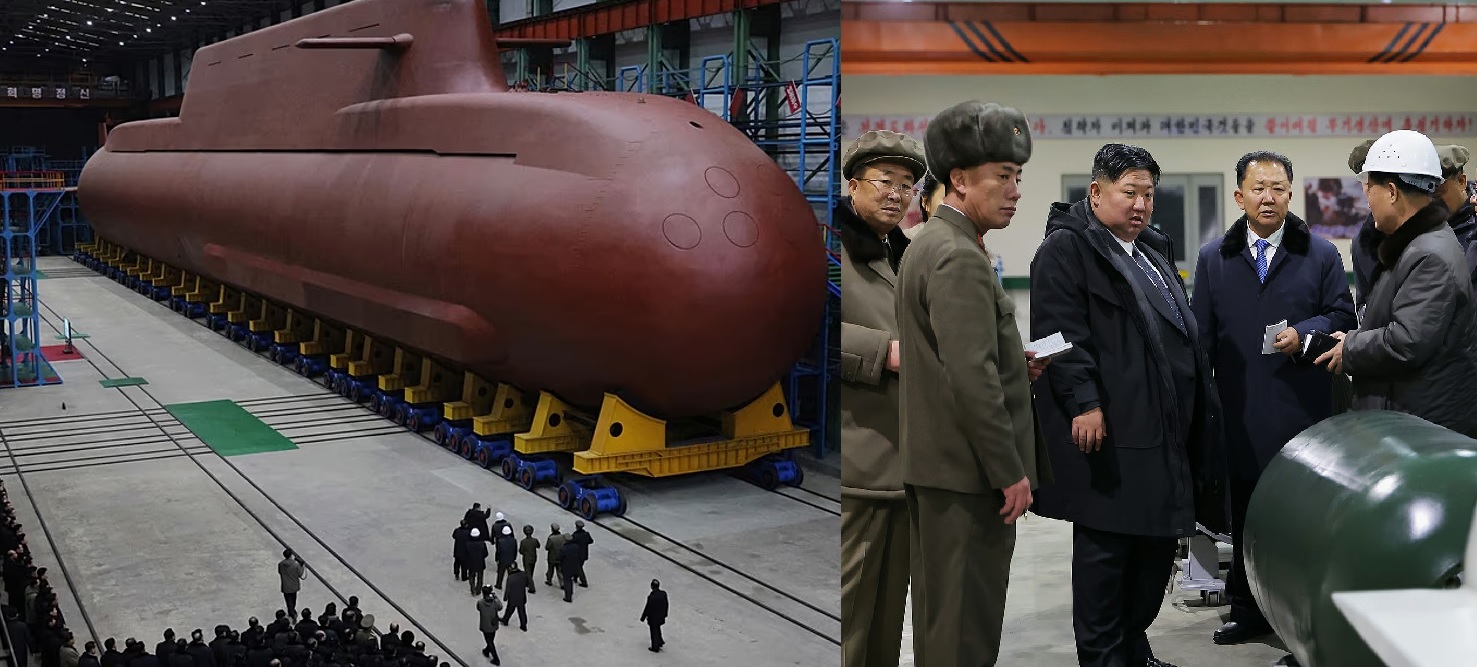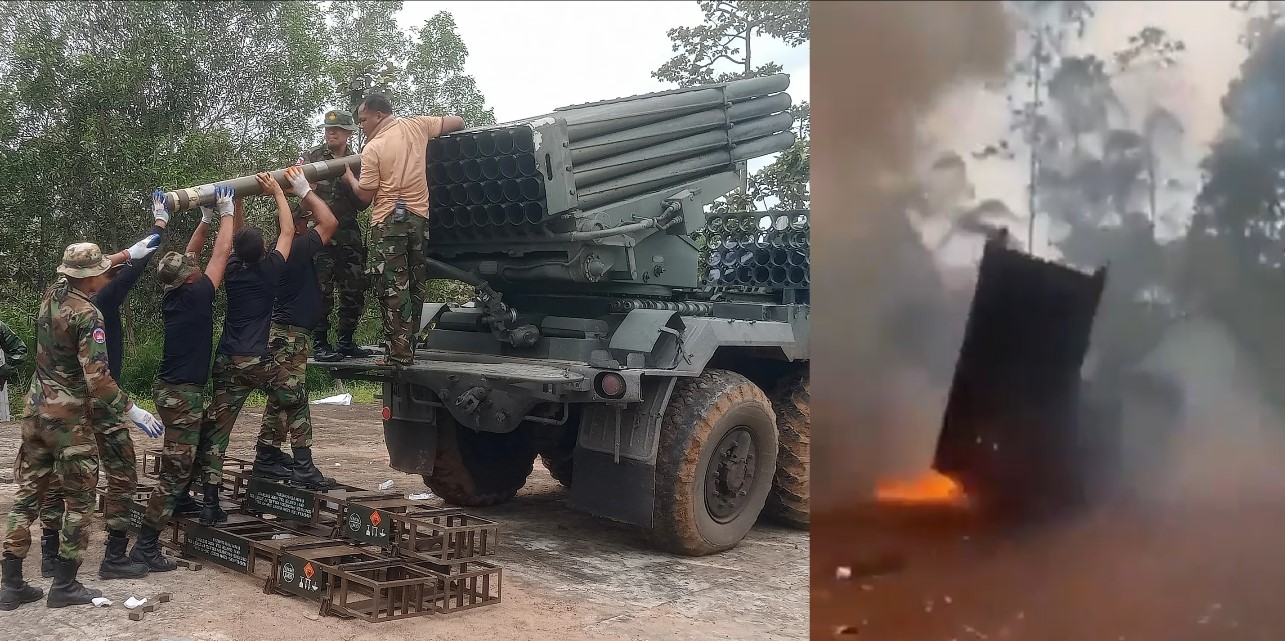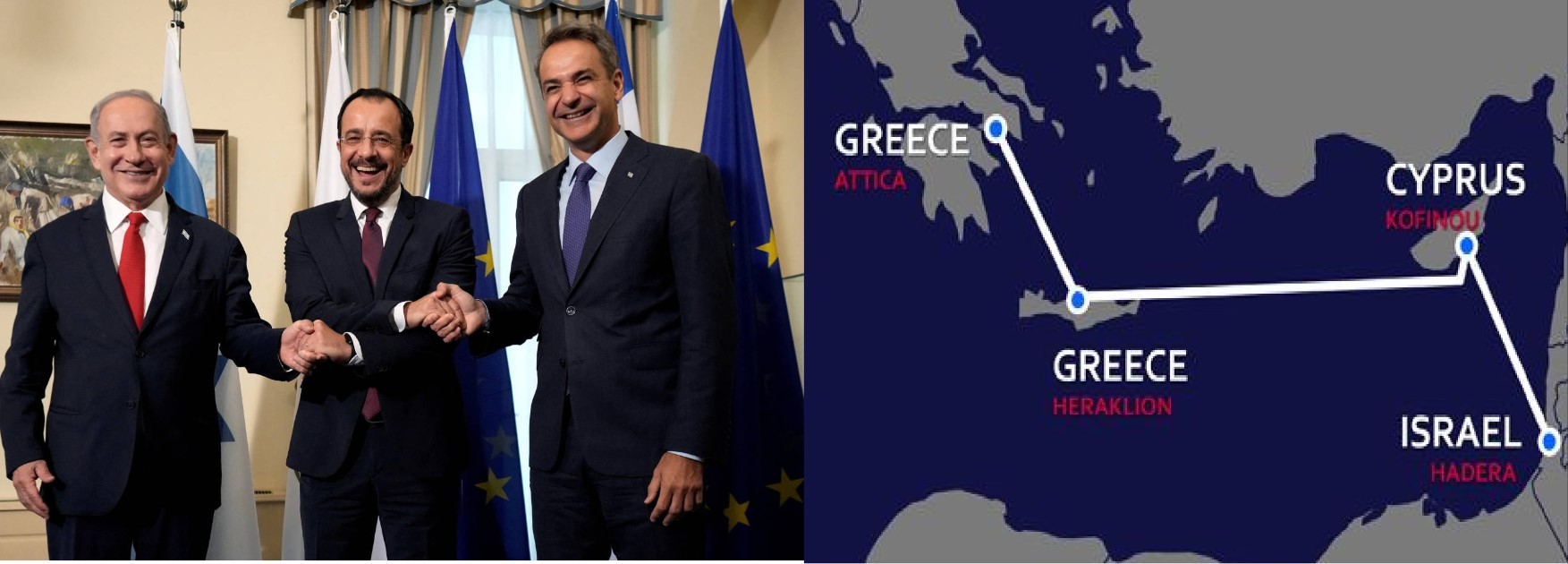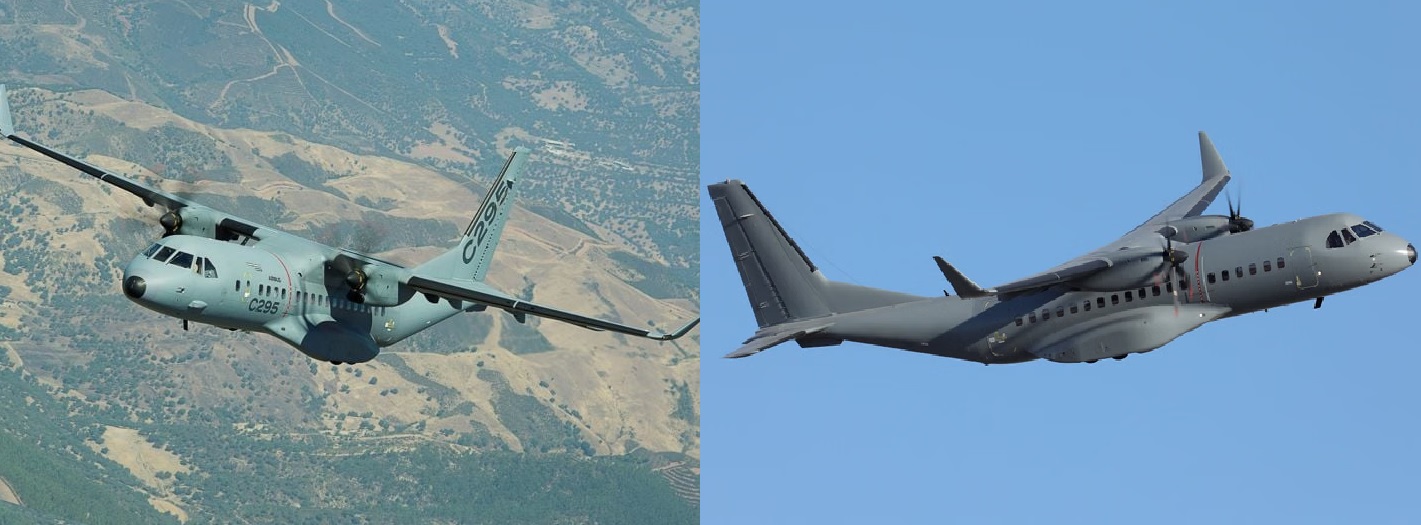Germany and UK Sign €450 Million Deal for New M3 Amphibious Bridging Systems
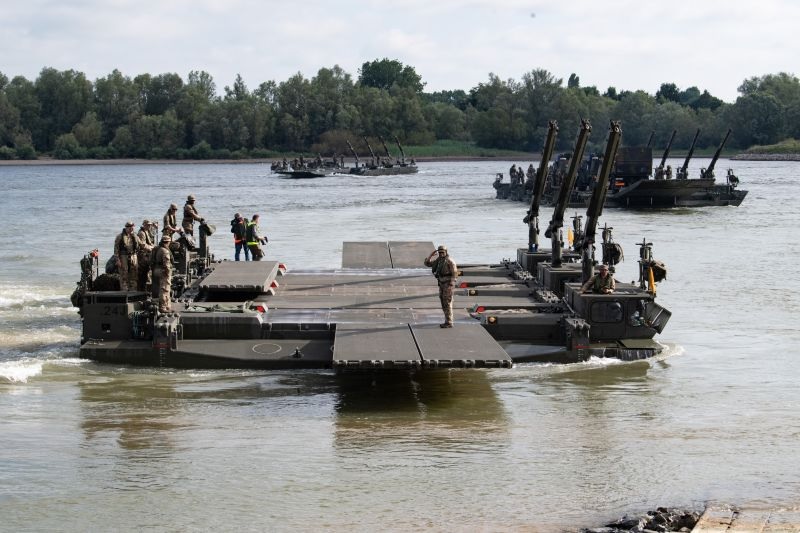
Germany and the United Kingdom have officially signed a €450 million contract to procure the latest generation of M3 Amphibious Bridging and Ferry Systems, marking a major step in restoring a critical NATO river-crossing capability that had not seen modernization since 1999. The contract, managed through the Organization for Joint Armament Cooperation (OCCAR) under the Wide Wet Gap Crossing (WWGC) program, was confirmed by General Dynamics European Land Systems (GDELS) on October 30, 2025.
This landmark joint acquisition will enhance the ability of European ground forces to conduct rapid wet-gap crossings, supporting the movement of heavy armored units, logistics columns, and combat vehicles across rivers and water obstacles in operational theaters. The investment reflects the growing recognition within NATO that land mobility and engineering support are essential for deterrence and defense in Europe’s changing security environment.
A Revitalized Capability for European Defense
The new M3 systems will replace the first-generation vehicles delivered in 1999, which have been in service with both Germany and the UK for more than two decades. Under this latest OCCAR agreement, the two countries will acquire an estimated 50 to 60 new M3 Amphibious Bridging and Ferry Systems, with each nation expected to receive around 25 to 30 vehicles.
This quantity will not only renew existing fleets but also expand NATO’s rapid mobility capability. The upgraded model features enhanced payload capacity, improved propulsion systems, and digitalized command and control interfaces, aligning it with NATO’s interoperability standards.
Under the WWGC program, the M3 fleet will allow allied forces to bridge rivers up to 100 meters wide or ferry heavy vehicles such as main battle tanks (MBTs) like the Leopard 2 and Challenger 3, both exceeding 60 tons. This restoration of large-scale river-crossing capability is seen as essential for ensuring freedom of movement across Europe, especially in scenarios involving the Baltic and Eastern European regions, where natural water barriers are frequent.
Specifications of the M3 Amphibious Bridging and Ferry System
Developed by General Dynamics European Land Systems, the M3 Amphibious Bridging and Ferry System is one of the most advanced military engineering vehicles in NATO service. It combines the functions of a bridge launcher and a self-propelled amphibious transporter.
Key Specifications:
-
Configuration: 4×4 wheeled amphibious vehicle
-
Crew: 2 operators (driver and commander)
-
Weight: Approx. 28 tons
-
Engine: Diesel engine generating over 400 hp
-
Speed (land): Up to 80 km/h
-
Speed (water): Up to 14 km/h with twin water jet propulsion
-
Payload capacity: Over 85 tons in bridge configuration
-
Bridge length: 100 meters (with 8 M3 units)
-
Deployment time: Less than 10 minutes
-
Operation: Fully interoperable within NATO bridging units
The M3 can operate independently or in combination with other vehicles to form a continuous bridge or ferry system, depending on mission requirements. When deployed in water, multiple M3 units connect via hydraulic ramps to create a stable, load-bearing structure capable of supporting heavy armored formations.
Strategic Importance for NATO
For years, NATO’s river-crossing capability had been considered a forgotten art of warfare. The new M3 fleet addresses this gap by restoring one of the alliance’s most crucial logistical tools—wet-gap crossing mobility. This capability allows armored and mechanized formations to maintain tempo, avoid chokepoints, and respond flexibly to dynamic battlefield environments.
Defense experts note that the deal represents a broader shift toward joint European defense projects, with OCCAR playing a central role in coordinating procurement and standardization among member states. By pooling resources, Germany and the UK ensure not only cost efficiency but also interoperability across NATO’s engineering units, allowing joint exercises and combined operations to be carried out more effectively.
Production and Delivery Timeline
The contract’s value, exceeding €450 million, covers not only the production of new M3 vehicles but also training, maintenance packages, and spare parts support. Deliveries are expected to begin in late 2027, with both nations aiming for full operational capability before 2030.
The systems will be produced at GDELS manufacturing sites in Germany and Spain, leveraging a network of European suppliers. Both countries are expected to integrate the vehicles into their respective engineering regiments, which support armored and mechanized brigades during NATO exercises and contingency deployments.
A Symbol of Renewed Allied Engineering Strength
The joint procurement of the M3 Amphibious System symbolizes a revival of Europe’s collective defense readiness. As geopolitical tensions continue to rise and rivers once again become strategic obstacles in potential conflict zones, NATO’s ability to **bridge the gap—literally and figuratively—**is once more being taken seriously.
In an era defined by rapid mobility and combined arms warfare, the M3 system gives NATO’s land forces a decisive engineering advantage, ensuring that no natural barrier can halt the advance of allied power.
In essence, the M3’s return is not just about hardware—it’s about restoring confidence in Europe’s capacity to move, respond, and defend together.
✍️ This article is written by the team of The Defense News.

